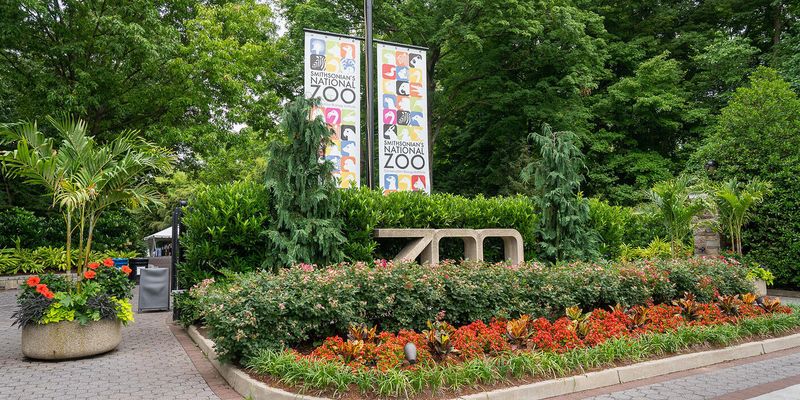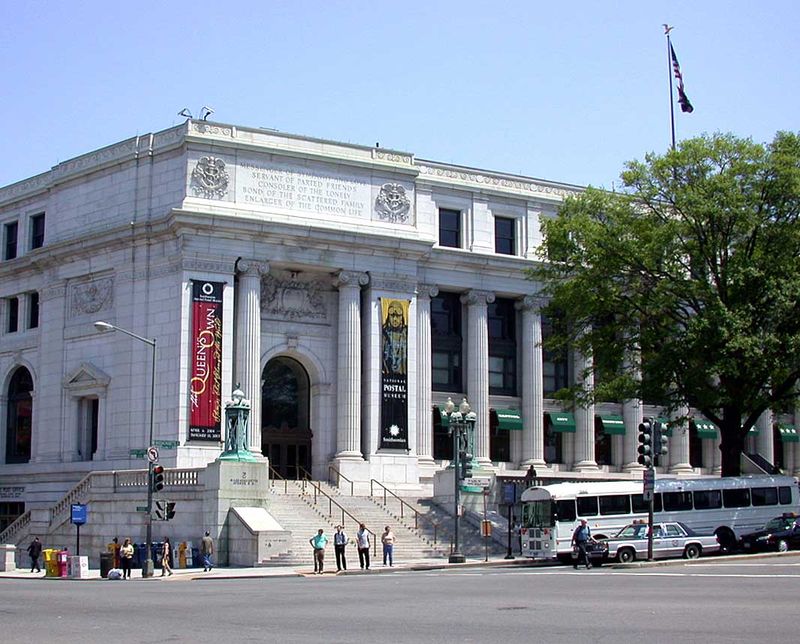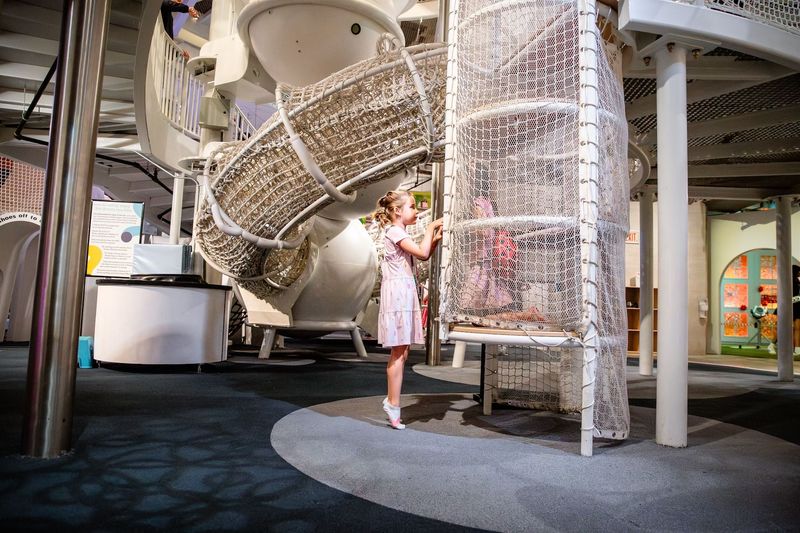Washington, D.C. offers amazing learning adventures that make history, science, and culture come alive for young minds. Museums and attractions throughout the nation’s capital provide hands-on experiences that turn textbook lessons into unforgettable memories. Kids can explore everything from dinosaur fossils to space rockets while having fun and discovering new interests. Plan your next family adventure with these incredible educational destinations that make learning exciting.
1. Smithsonian National Museum of Natural History
Step into a world where massive dinosaur skeletons tower overhead and sparkling gems catch the light from every angle. The Natural History Museum captivates young explorers with real fossils, including the famous T-Rex skeleton that greets visitors in the main hall.
Kids love the interactive Discovery Room where they can touch real animal pelts and examine fossils up close. The Hope Diamond dazzles in the geology hall, while the butterfly pavilion lets children walk among hundreds of colorful flying creatures.
Educational programs help students understand Earth’s history through engaging activities and expert-led tours.
2. Smithsonian National Air and Space Museum
Rockets, planes, and spacecraft fill every corner of this incredible museum dedicated to flight and space exploration. Young astronauts-in-training marvel at the actual Apollo 11 command module that carried Neil Armstrong back from the moon.
Interactive flight simulators let kids experience what pilots feel during takeoff and landing. The planetarium shows transport viewers to distant galaxies while explaining how stars form and planets orbit.
Hands-on exhibits teach the science behind flight through fun experiments with air pressure and gravity. Special workshops often feature real NASA scientists sharing stories about space missions.
3. Smithsonian National Museum of the American Indian
Rich traditions and vibrant cultures of Native American peoples come alive through storytelling, artifacts, and interactive displays. Children discover how different tribes lived, worked, and celebrated across North and South America.
The museum’s unique curved architecture reflects natural landscapes important to indigenous cultures. Kids participate in hands-on activities like traditional games and craft demonstrations led by Native American educators.
Special exhibits rotate throughout the year, showcasing contemporary Native artists alongside historical artifacts. The museum restaurant serves traditional foods, giving families a complete cultural experience that extends beyond typical museum visits.
4. Smithsonian National Museum of American History
America’s story unfolds through fascinating objects that shaped our nation’s past and present. From the original Star-Spangled Banner to Dorothy’s ruby slippers, iconic artifacts spark conversations about history and culture.
The hands-on history labs let children experience colonial life through interactive demonstrations of printing presses and blacksmith tools. Kids love seeing the First Ladies’ inaugural gowns and learning about women who changed American society.
Transportation exhibits feature everything from old locomotives to the first cars, showing how Americans traveled throughout different time periods. Educational programs connect historical events to modern life in ways children easily understand.
5. Smithsonian’s National Zoological Park (National Zoo)
Over 2,700 animals from around the world call this 163-acre zoo home, creating endless opportunities for wildlife education and conservation awareness. Giant pandas remain the star attractions, delighting visitors with their playful antics and bamboo-munching habits.
The Kids’ Farm provides hands-on experiences with friendly domestic animals like goats and chickens. Educational keeper talks throughout the day teach children about animal behavior, habitats, and conservation efforts.
Interactive exhibits in the Think Tank challenge young minds to understand animal intelligence and problem-solving abilities. The zoo’s commitment to protecting endangered species inspires the next generation of wildlife conservationists.
6. National Postal Museum
Mail delivery becomes an exciting adventure as children explore how letters and packages traveled throughout American history. From Pony Express riders to modern mail trucks, exhibits show the evolution of communication across vast distances.
Kids enjoy the hands-on postal activities where they can sort mail, design stamps, and learn about zip codes. The museum’s collection includes rare stamps worth thousands of dollars and unusual delivery methods from around the world.
Interactive displays explain how the postal system connects communities and supports businesses nationwide. Children leave with a new appreciation for the mail carriers who deliver letters and packages to their homes every day.
7. National Children’s Museum
Designed specifically for young learners, this museum transforms education into pure fun through interactive exhibits and hands-on activities. Children explore STEAM concepts through play-based learning that feels more like recess than school.
The Dream Machine lets kids build and test their own inventions using everyday materials and simple engineering principles. Creative workshops change regularly, offering new challenges in art, science, and technology.
Professional educators guide families through exhibits that encourage problem-solving and critical thinking skills. The museum’s age-appropriate design ensures every child finds activities perfectly suited to their developmental stage and interests.
8. International Spy Museum
Secret agents and espionage come alive as children learn about the hidden world of intelligence gathering throughout history. Real spy gadgets, from hidden cameras to coded messages, fascinate young visitors interested in mystery and adventure.
Interactive exhibits let kids test their own spy skills through code-breaking challenges and surveillance activities. The museum reveals how spies have influenced major historical events while maintaining national security.
Family-friendly programs teach children about the importance of intelligence work in protecting countries and gathering information. Educational activities help students understand how technology and creativity combine in the world of espionage and international relations.








